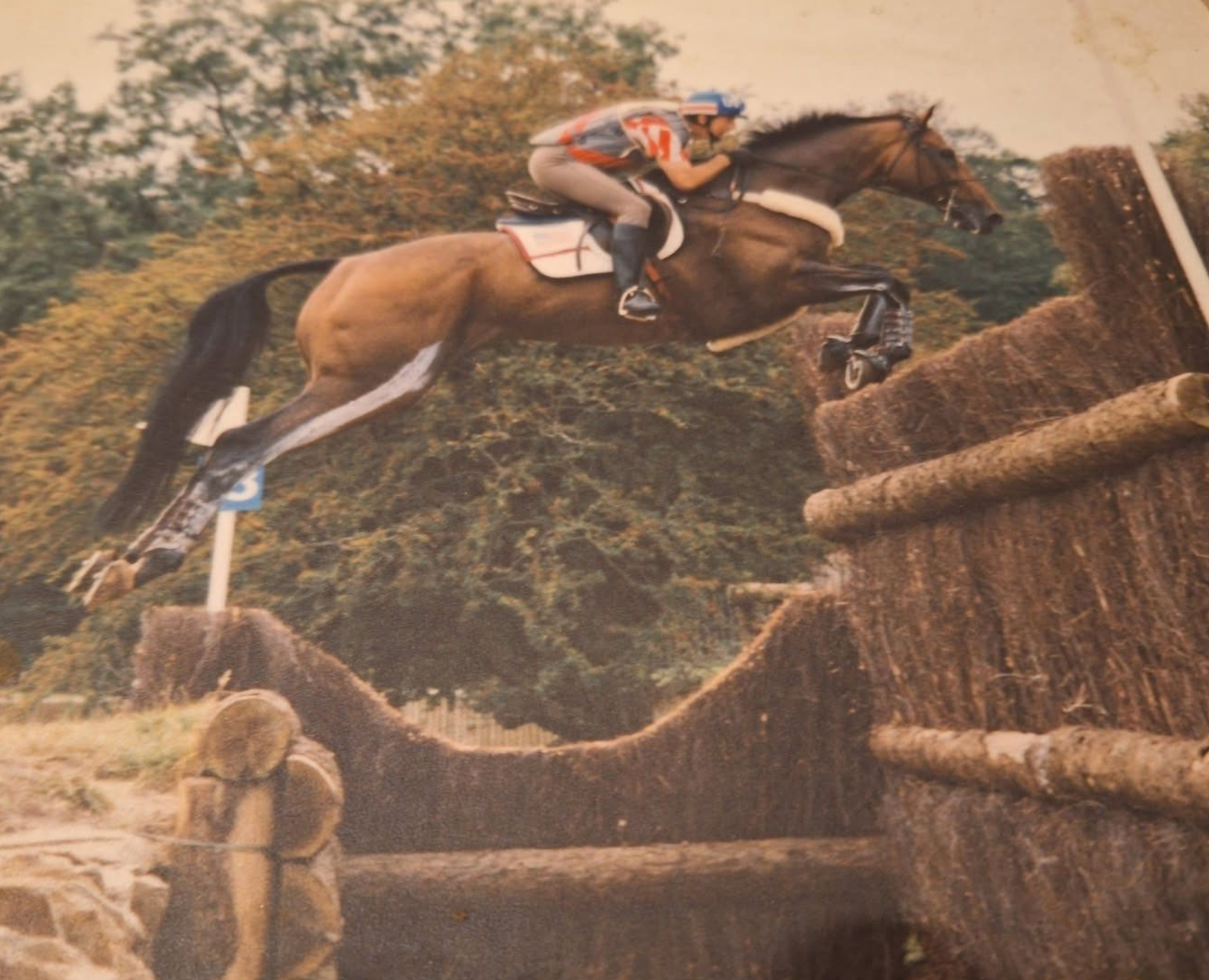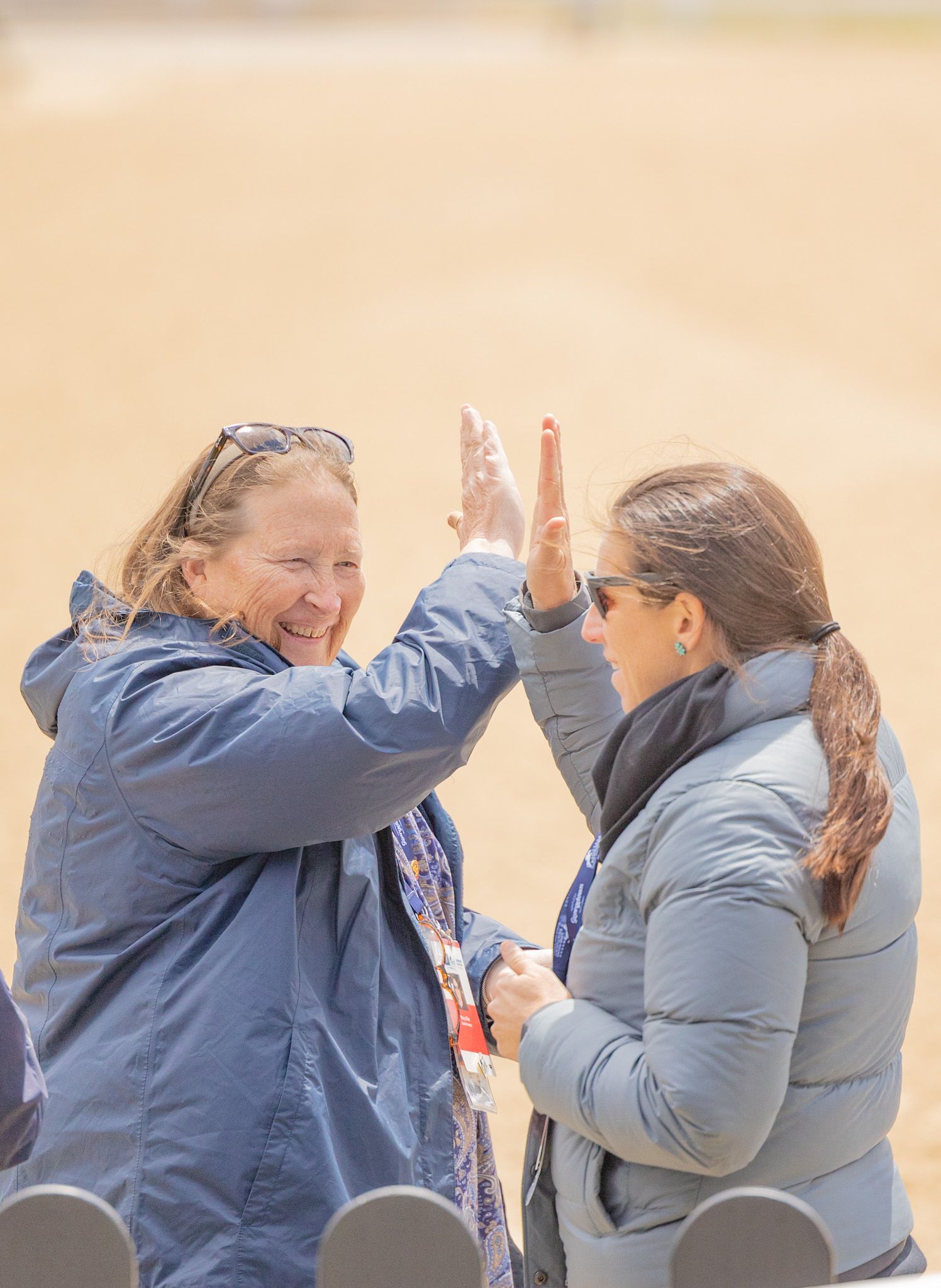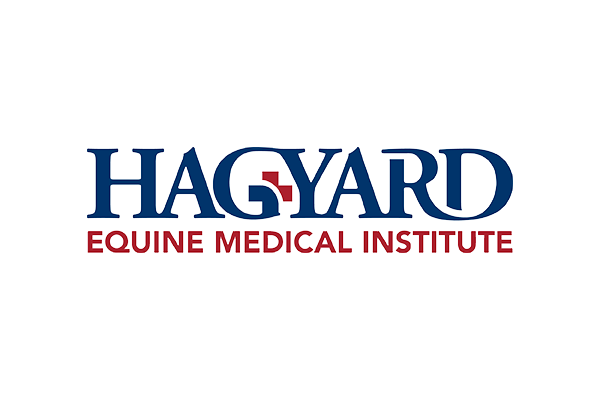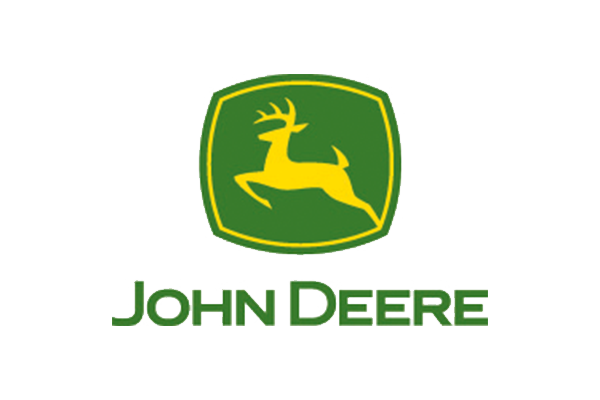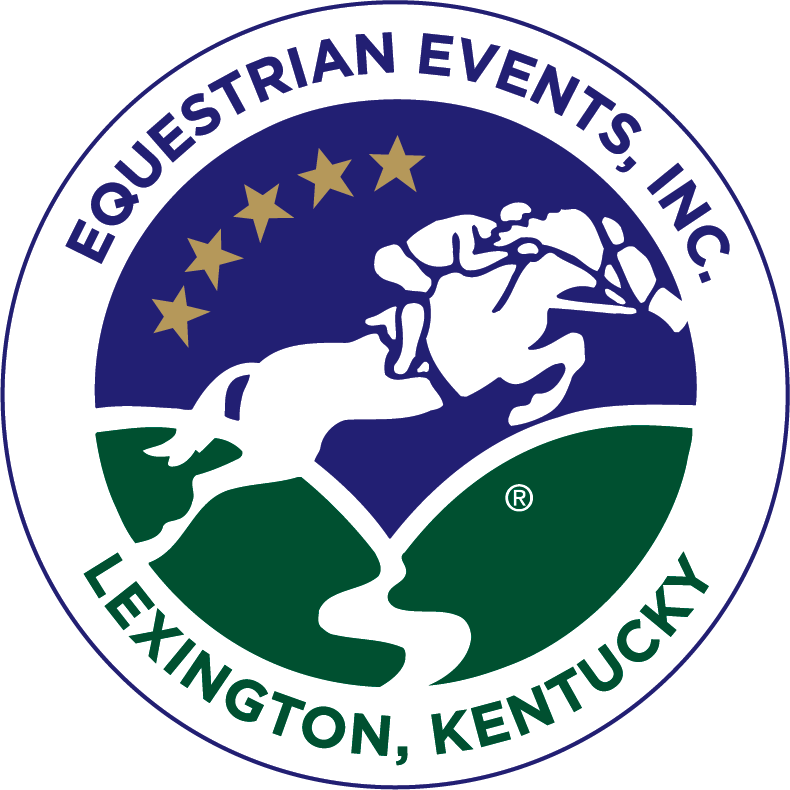Defender Kentucky Three-Day Event: Challenges and Ratings
The Defender Kentucky Three-Day event is the pinnacle of the equestrian eventing calendar. It is one of only seven CCI5*-L events worldwide, offering experiences far beyond equestrian competition.
Attendees can look forward to exciting events, luxury shopping, fine delicious food, and sponsored activities throughout the weekend of the event, which takes place from April 25-28, 2024.
You won't want to miss out on getting tickets to the Defender Kentucky Three-Day Event! There is a reason this event is well known as “The Best Weekend All Year” because there is a high level of planning, detail, and preparation that goes into making this the equestrian event of the year for all who partake!
Find out more about what it takes to compete in the Defender Kentucky Three-Day Event.

Criteria for Entering the Defender Kentucky Three-Day Event
Riders may enter the Defender Kentucky CCI5*-L event independently without needing to undergo a selection phase. The only criterion is that they've worked consistently to get their horses up to a five-star level of competitiveness.
This means athletes must meet minimum eligibility requirements as outlined by USEF and FEI rules. The levels preceding the CCI5*-L grading are CCI 1-star, CCI 2-star, and CCI 3-star events.
To maintain the status of competing at this high level, venues offering these competitions must meet certain standards:
- Minimum level of prize money above $160,000
- Closed circuit television for spectators, athletes, ground jury, and owners
- More than 30 starters, but fewer than 75
- A 6,270-6,840-meter cross-country course comprising 40-45 efforts
These strict criteria contribute to the Kentucky Three-Day Event’s excitement and prestige, attracting over 90,000 spectators every year.
The Triathlon of Equestrian Events
Eventing is often compared to the human triathlon, as it combines three testing events to challenge the fitness and skill of both horse and rider. Previously, these events comprised roads and tracks, show jumping, and cross-country challenges.
In 2005, the format changed to include dressage and the modern three-day event was born. Some events, like the Defender Kentucky Three-Day Event, take place over four days to allow more time for the dressage phase.
As time went on and horse and rider combinations became more competitive, spectators could look forward to watching teams navigate increasingly challenging tests in all three events.
Dressage Test
Dressage might be a slower-paced part of the Kentucky Three-Day Event but is vital for optimizing the horse's performance.
This French word simply means 'training' and is part of an independent sport that specializes in training horses to a very high level of obedience. The tests selected for three-day eventing focus on movements that closely mimic the training a horse will need to navigate the jumping phases effectively without undue strain or injury.
Dressage is centered on maximizing a horse's athletic ability through progressive training that emphasizes obedience and split-second reactions to complex hand and leg aids. The movements involve changes of direction and pace that can make all the difference when riding out in the country against the clock.
The test usually includes multiple changes of leg, which prepares the horse for switching directions in a balanced manner. Sideward movements, like the half pass, can help train the horse to get out of trouble.
Judges placed at strategic points around the arena award horse and rider teams a score out of ten for each movement. Their percentage at the end of the test goes toward their final result.
For instance, if a horse scored 60% for their dressage phase, they would enter the next stage of the competition with 40 penalties to their credit.
Cross-Country
For many, the cross-country phase is the most exciting part of the competition. The Defender Kentucky Three-Day Event course, designed by Derek di Grazia, comprises large, imposing obstacles up to 1.20 meters in height.
The course for this event is typically 6,500 meters long (about 4.04 miles) and the horses must travel at a speed of 570 meters per minute (21.25 miles per hour) to finish within the required time.
Riders who finish outside of the required time attract 0.4 penalties per second over optimum time. They may get additional penalties for refusing a jump, running out of a jump, or circling in front of a jump.
Derek di Grazia's courses are an excellent test of the horses' skill and stamina. They also have attractive, creative designs that enhance spectators' enjoyment, and are tested for safety. One of the ways we ensure safety during the cross-country competition is by teaming up with Mike Boekholder of Boekholder & Associates to execute grounds testing.
Some signature fences from past events include duck, fish, and dog-shaped obstacles, uprooted trees, and shaped brush jumps.
Show Jumping
A short and twisting course of jumps makes up the final challenge of this equestrian triathlon. Despite the challenges offered by these 1.25-meter-high obstacles for the CCI4*-S and 1.30 meters for the CCI5*-L, the object of show jumping is to test the horses' obedience after a tough day out on the cross-country course.
The colored poles of these jumps fall when a horse's hoof or leg contacts them. Riders need a high degree of control over their excitable mounts to navigate tight turns without knocking any of them down.
The horse and rider combination must navigate the course in a specified time. If they finish any slower, they're penalized at a rate of 0.4 penalties per second.
Competitors will also receive penalties for each fence they knock, or if their horse doesn’t participate in an obstacle.
At the end of the show jumping round, the judges tally the number of penalties incurred by each competitor, and the horse and rider combination with the lowest score wins the event.
This makes it more difficult to predict the winner with certainty until the last horse has completed their show jumping round, adding to the event's excitement. The K3DE runs show jumping in reverse order, the highest-placed riders after cross country run last in show jumping. If scores are neck and neck, the winner may not be known until the last fence is complete. It may even be the difference of dropping one rail to knock someone out of first place.
Experience the Kentucky Three-Day Event
When you visit the Defender Kentucky Three-Day Event, you enjoy the thrills and excitement of an Olympic sport without having to leave the country. The Defender Kentucky Three-Day Event is an excellent outing for horse-loving families or those who enjoy spending time outdoors, with a variety of ticket options to suit your budget and preferences.
A word of warning: tickets to this prestigious event sell out fast! Book your place in the heart of the action for 2024 before time runs out!
